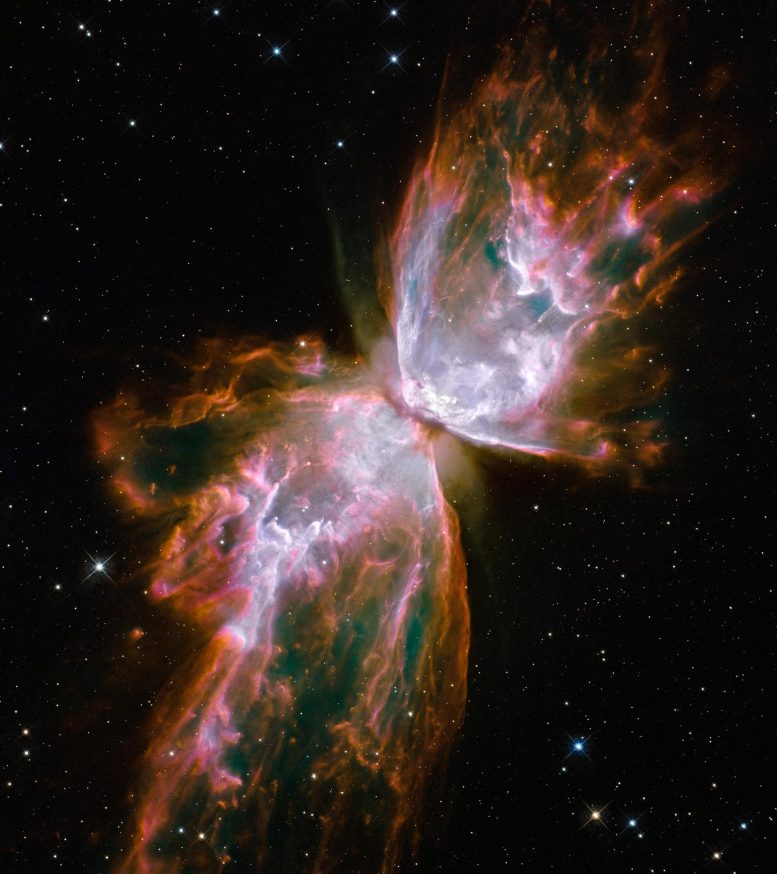
The Hubble Space Telescope snapped this image of the planetary nebula, cataloged as NGC 6302, with the Wide Field Camera 3 (WFC3). More popularly called the Bug Nebula or the Butterfly Nebula, NGC 6302 looks like a delicate butterfly, but it is far from serene. What resemble dainty butterfly wings are actually roiling cauldrons of gas heated to nearly 20,000 degrees Celsius. The gas is tearing across space at more than 950,000 kilometers per hour — fast enough to travel from Earth to the Moon in 24 minutes! Credit: NASA, ESA and the Hubble SM4 ERO Team
What Is a Planetary Nebula?
A planetary nebula is a region of cosmic gas and dust formed from the cast-off outer layers of a dying star. Despite their name, planetary nebulae actually have nothing to do with planets.
Intermediate-mass stars have a mass between 80% and 800% of the Sun’s mass. When these types of stars die, they expand to form red giants. The dying star will continue to expel gas, while simultaneously the remaining core of the star contracts and temporarily begins to radiate energy again. This energy causes the expelled gas to ionize, meaning that the atoms and molecules in the gas become charged and begin to emit light. The cast-off glowing gas is known as a planetary nebula.
This means that planetary nebulae are classified as emission nebulae, and are entirely unrelated to planets. The misnomer came about because of a historical misclassification. 250 years ago, astronomers thought they were looking at gas planets when they observed the colorful spectacle of planetary nebulae through their less powerful telescopes.
Planetary nebulae only last for about 20,000 years, making them a very short-lived part of the stellar life cycle.
A planetary nebula is a region of cosmic gas and dust formed from the cast-off outer layers of a dying star. Despite their name, planetary nebulae have nothing to do with planets. Credit: ESA/Hubble (M. Kornmesser)
Throughout the years, the Hubble Space Telescope has studied and imaged varying shapes and colors of these intricate planetary nebulae, the different colors arising from different, often newly created, chemical elements, showing that the final stages of the lives of stars are more complex than once thought. You can explore Hubble’s spectacular collection of planetary nebula images here.
Using Hubble, astronomers caught a rare glimpse of the nebula Hen 3-1357, nicknamed the Stingray nebula, fading precipitously over just the past two decades. Even though the Universe is constantly changing, most processes are too slow to be observed within a human lifespan. However, the Stingray Nebula offered researchers a special opportunity to observe the evolution of a system in real-time. Images captured by Hubble in 2016, when compared to Hubble images taken in 1996, showed a nebula that has drastically dimmed in brightness and changed shape.
To celebrate Astronomy Day in 2003, astronomers unveiled one of the largest and most detailed celestial images to date of the Helix Nebula. The Hubble Space Telescope image showed a fine web of filamentary ‘bicycle-spoke’ features embedded in the colorful red and blue gas ring that is one of the nearest planetary nebulae to Earth. Being so nearby, the nebula is nearly half the size of the diameter of the full Moon. Hubble astronomers took several exposures using the Advanced Camera for Surveys to capture most of it.
Hubble’s studies of a large number of planetary nebulae have also revealed that rings, such as those seen around the Cat’s Eye Nebula, are much more common than previously thought and have been found in at least a third of all planetary nebulae.
The telescope also demonstrated its full range of imaging capabilities with two new images of planetary nebulae in 2020, of NGC 6302, dubbed the Butterfly Nebula, and NGC 7027. Both are among the dustiest planetary nebulae known and both contain unusually large masses of gas, which made them an interesting pair for study in parallel by researchers. The Hubble images revealed in vivid detail how both nebulae are splitting themselves apart on extremely short timescales — allowing astronomers to see changes over the past couple of decades.

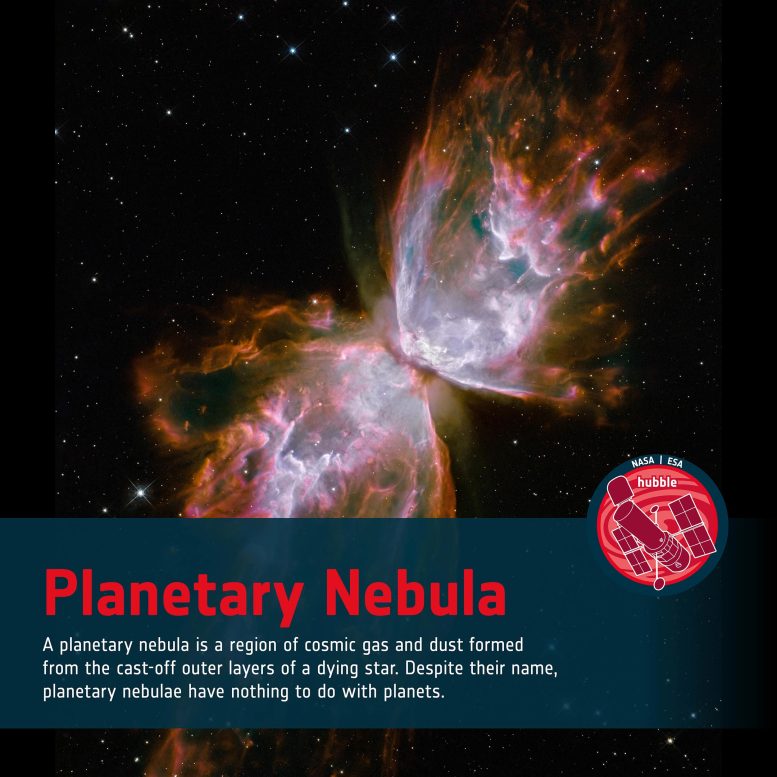
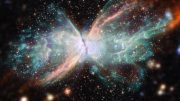
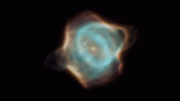
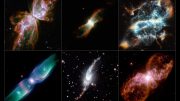
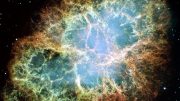
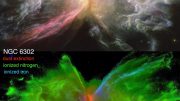

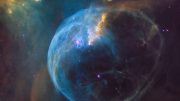
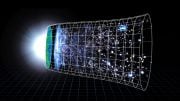
Be the first to comment on "Astronomy & Astrophysics 101: Planetary Nebula"